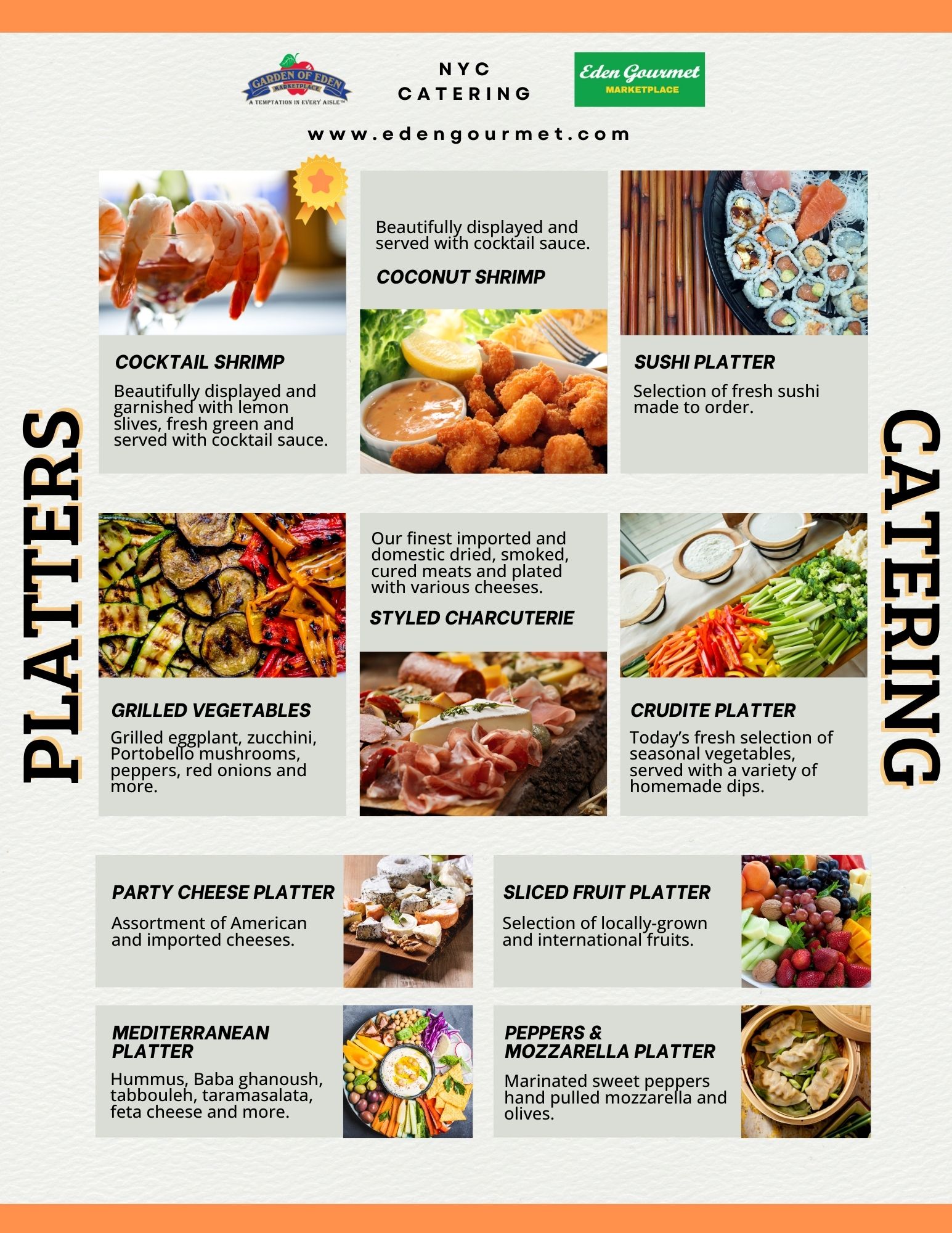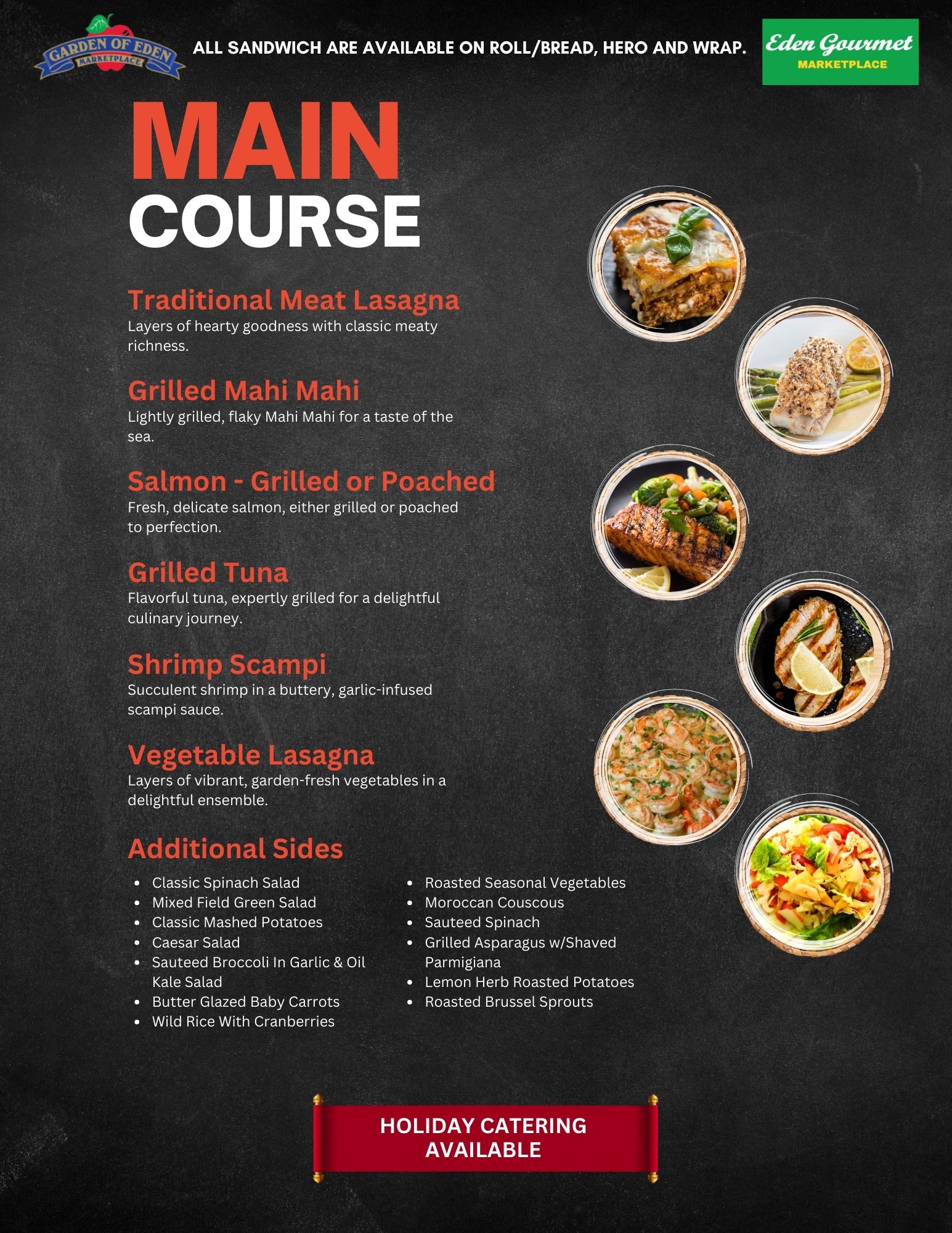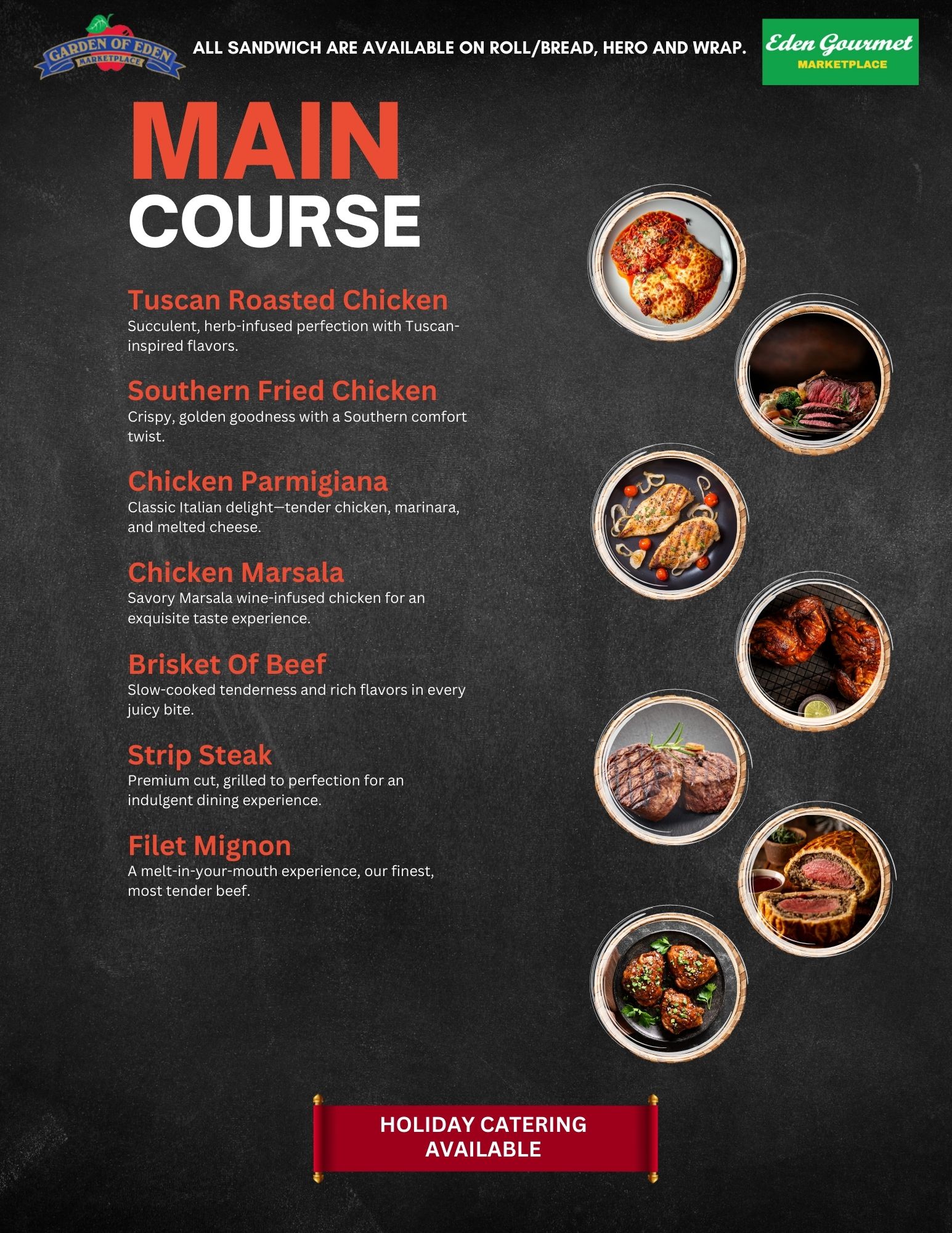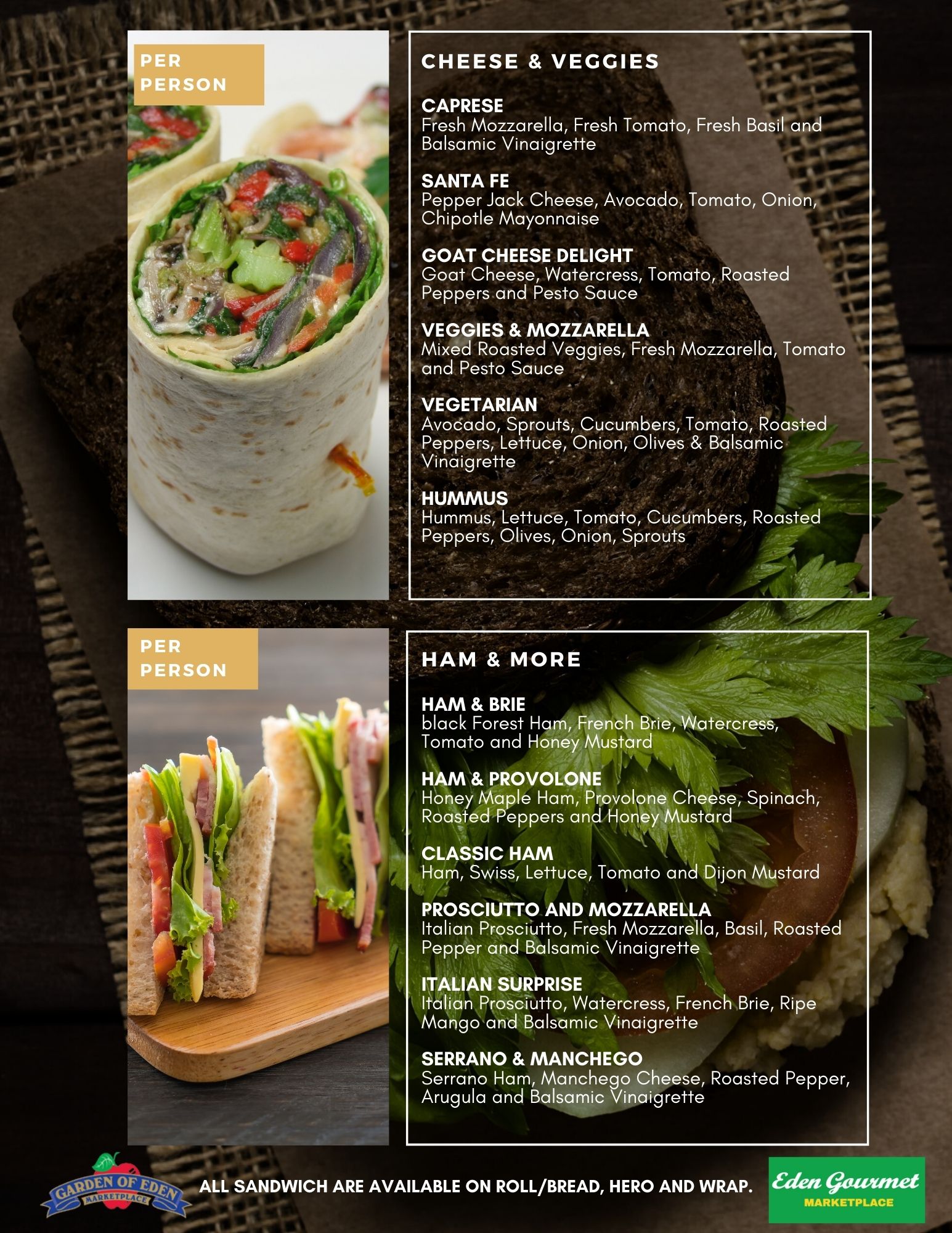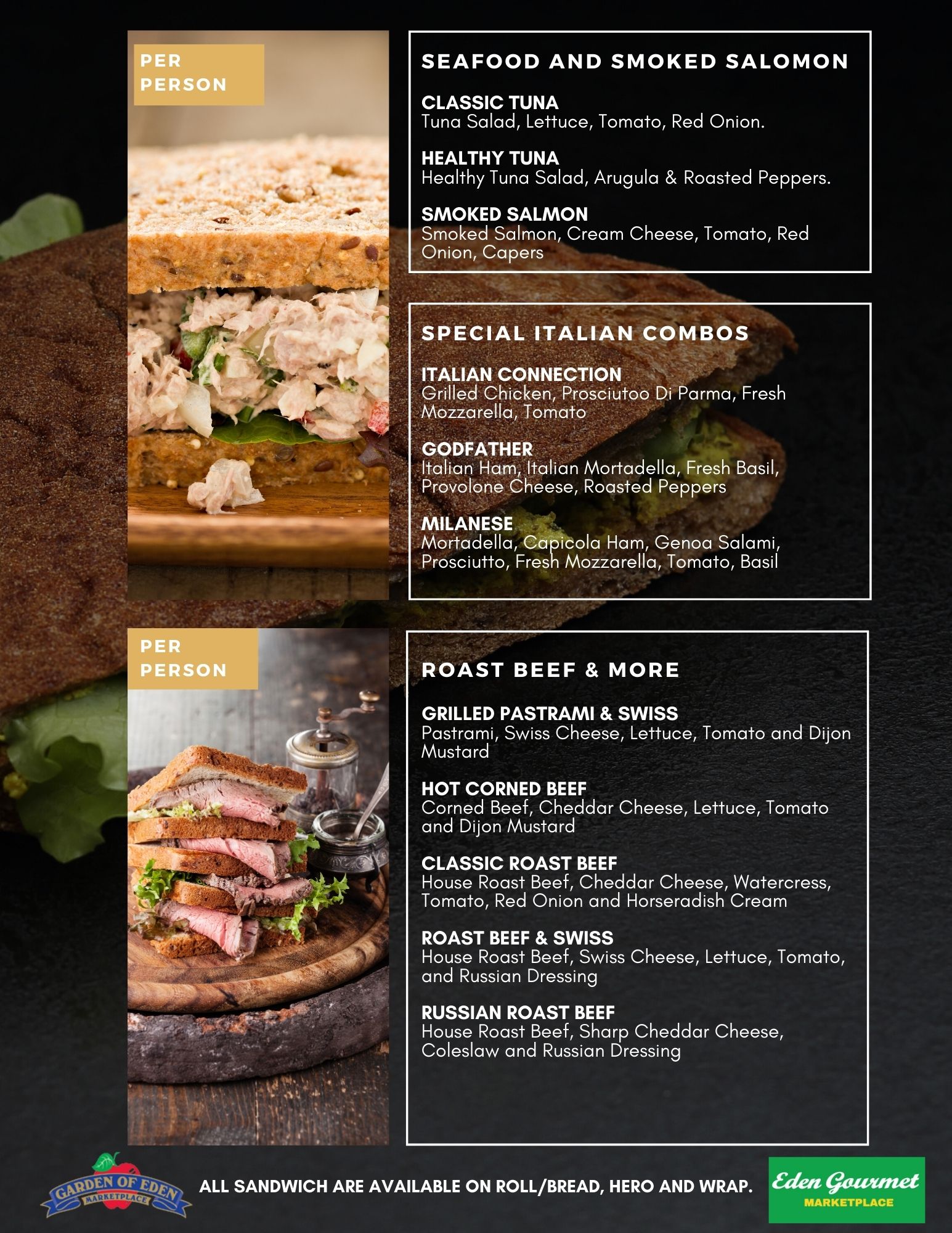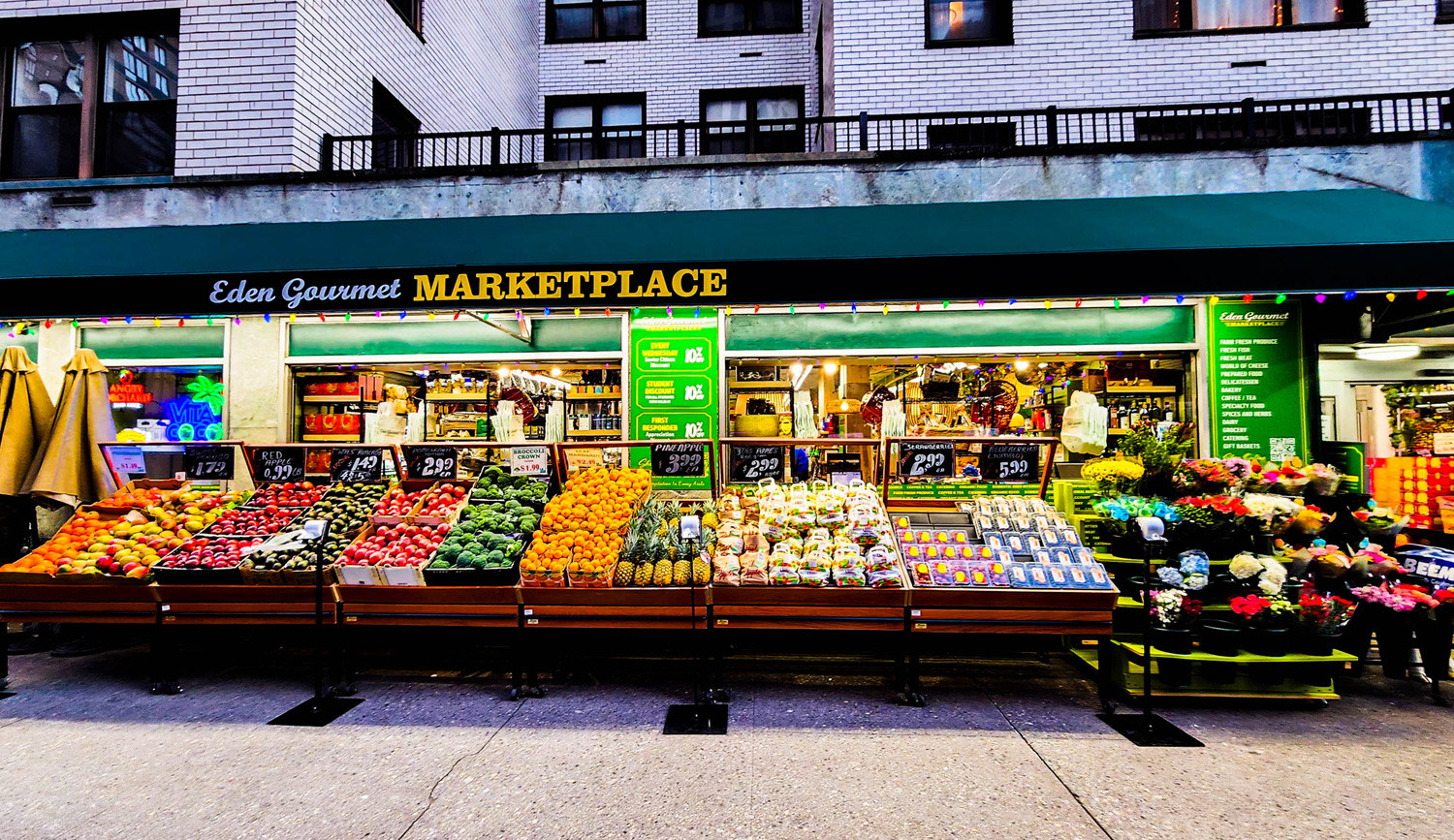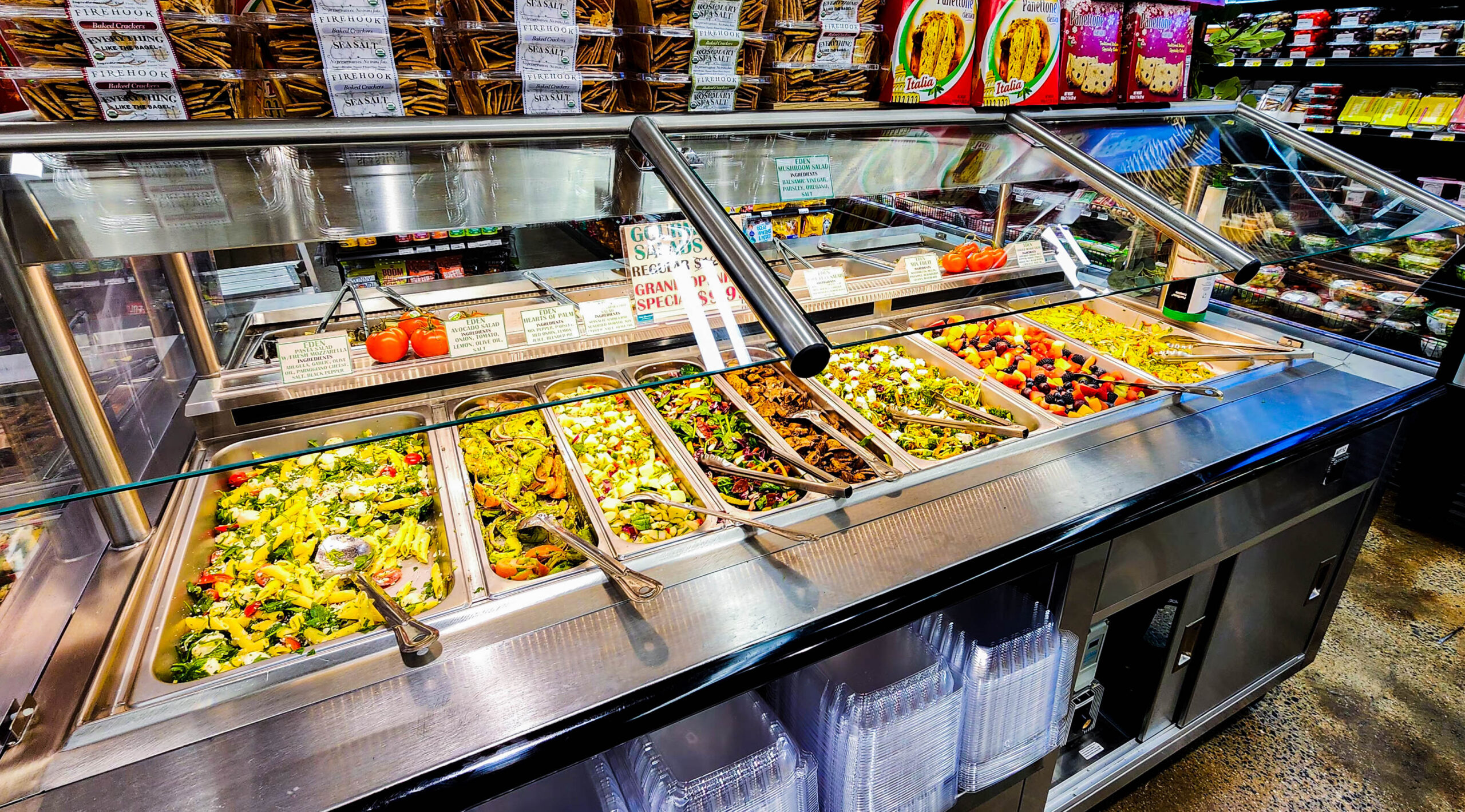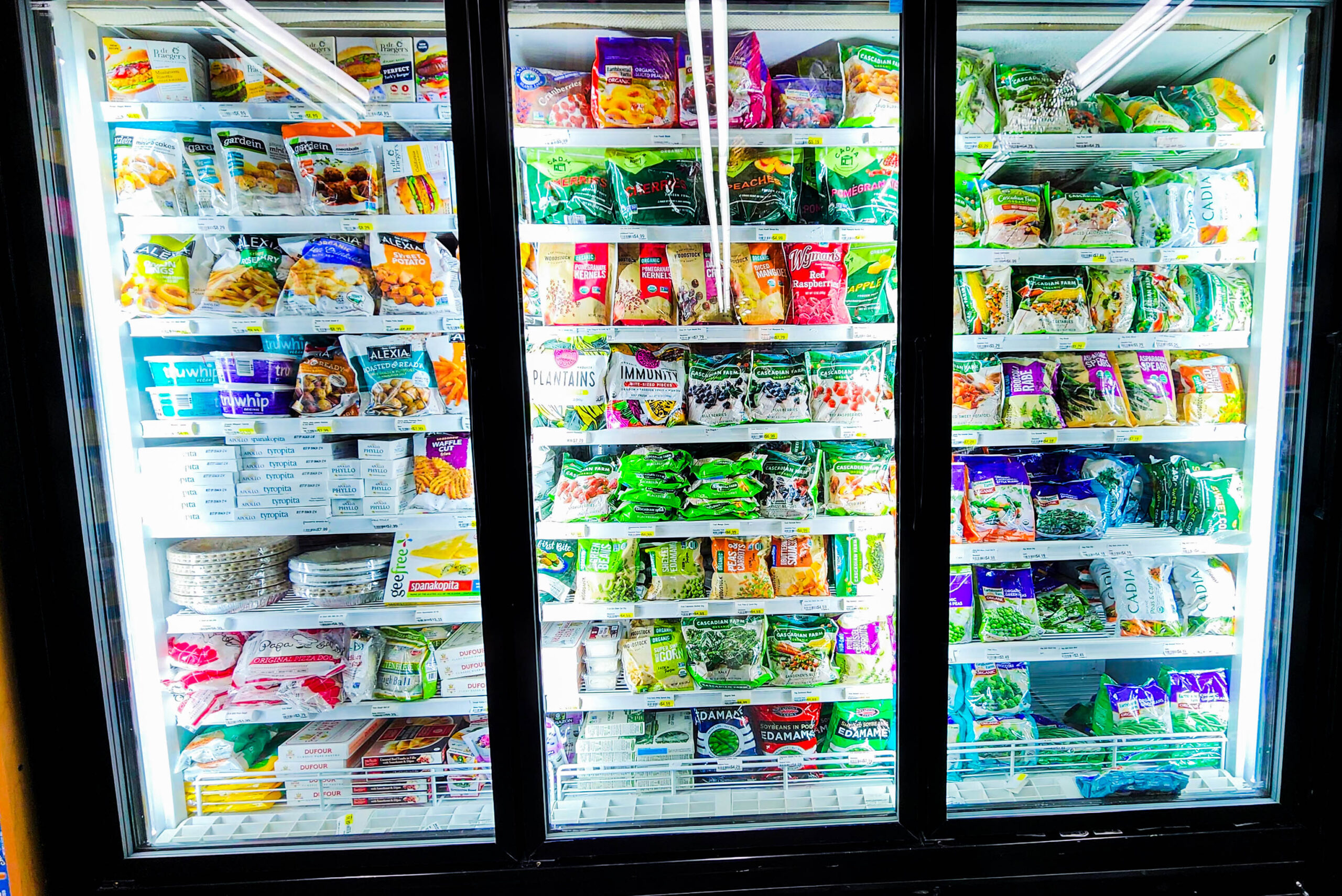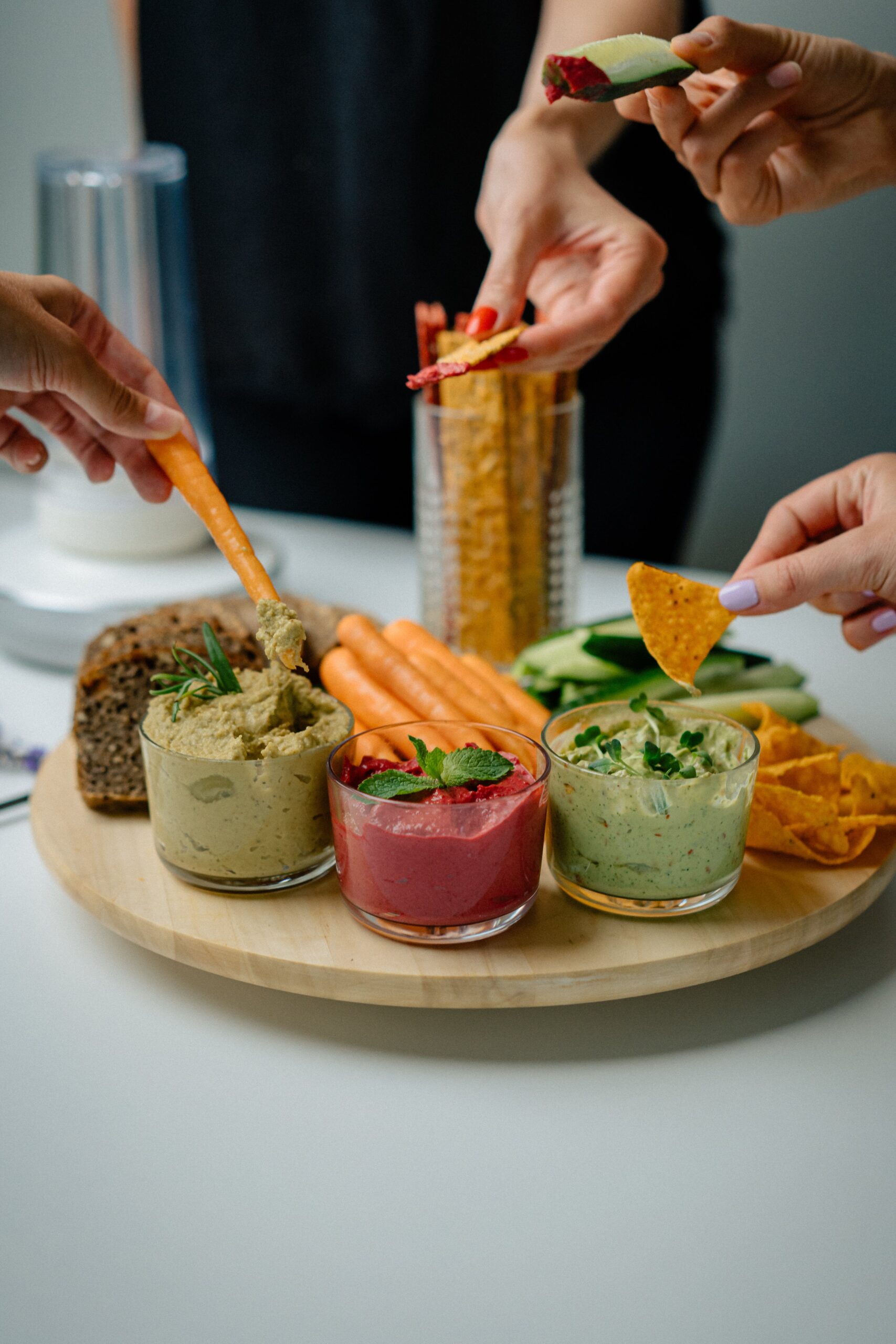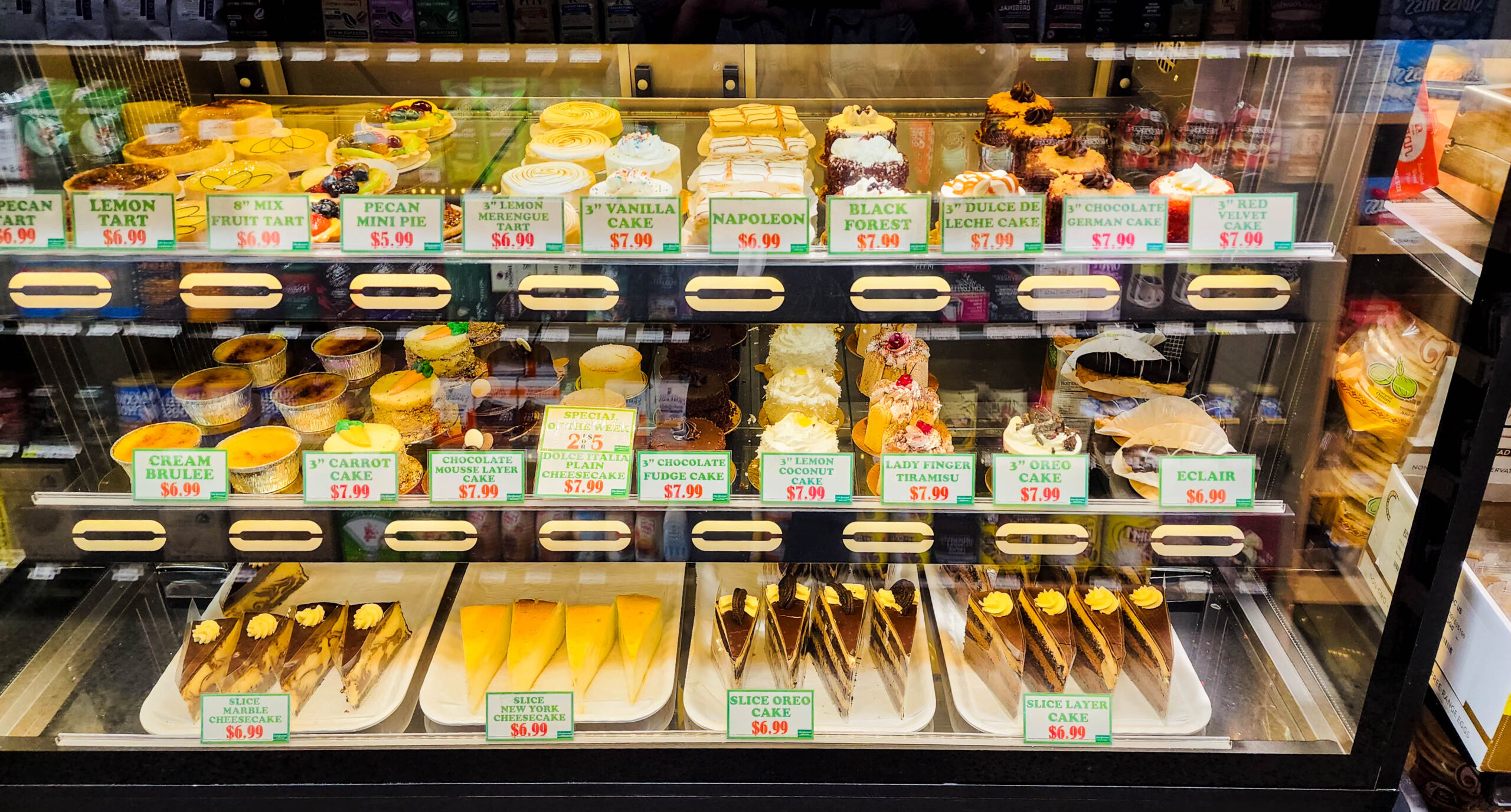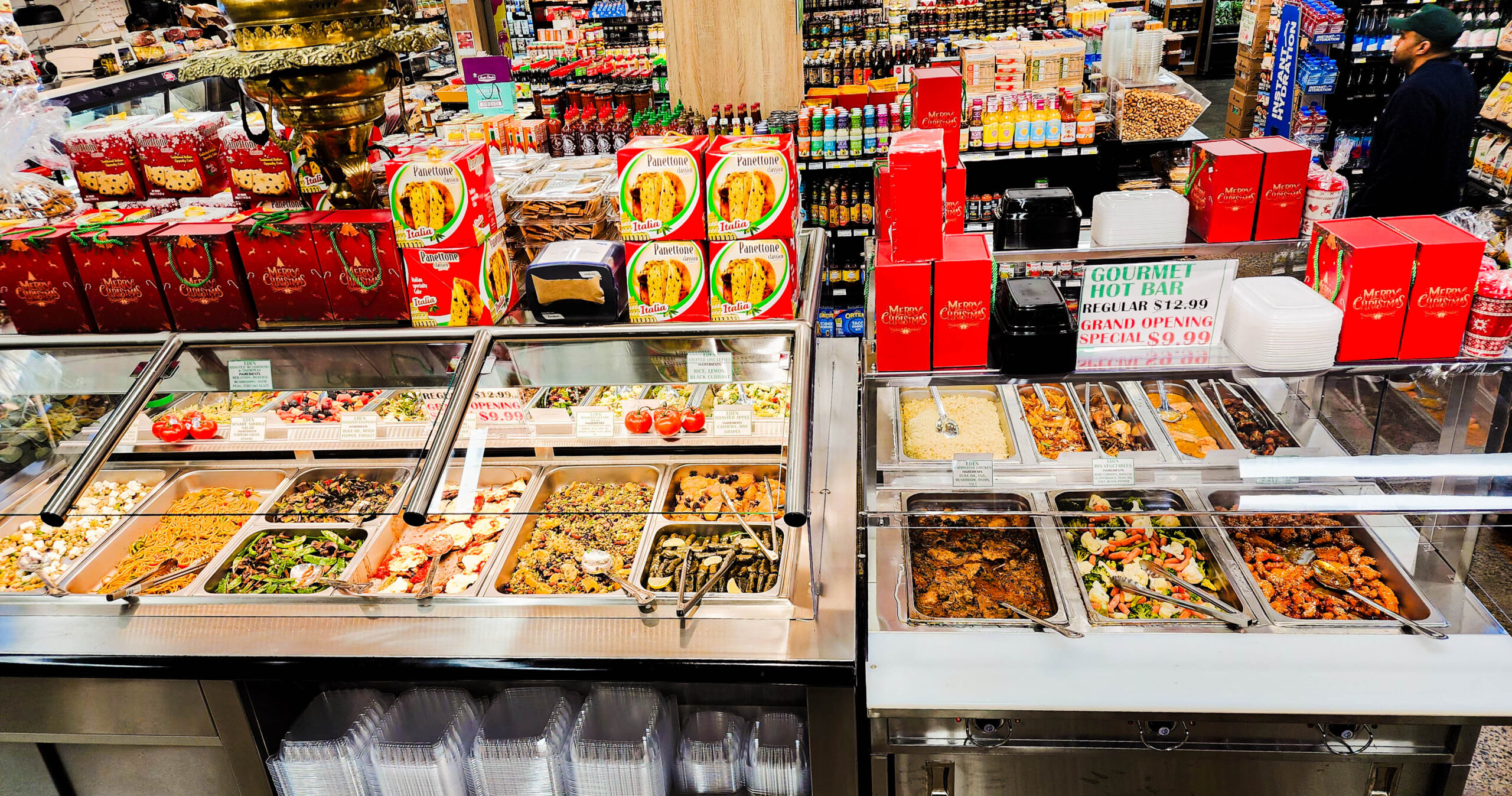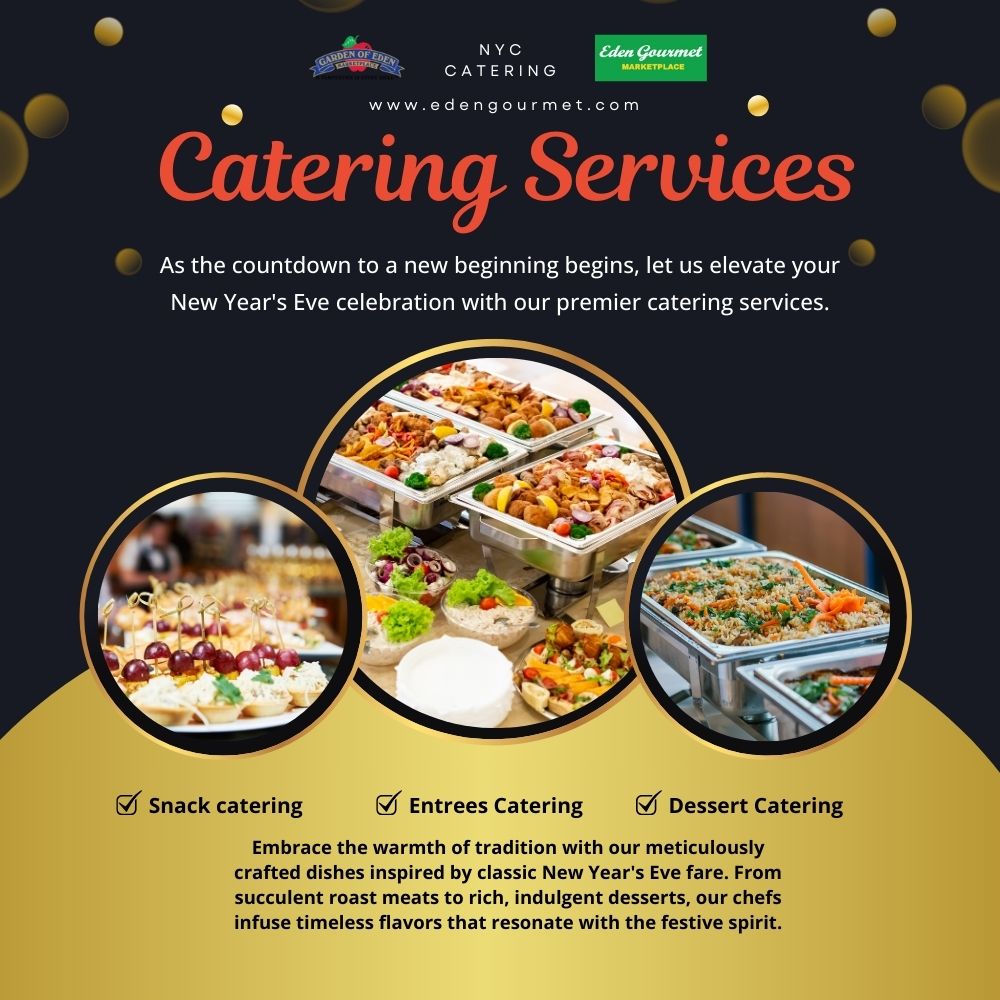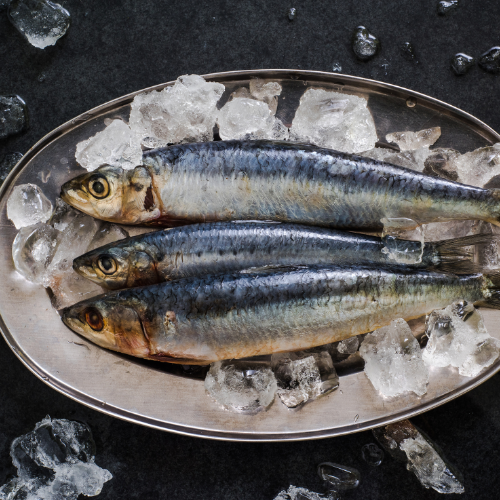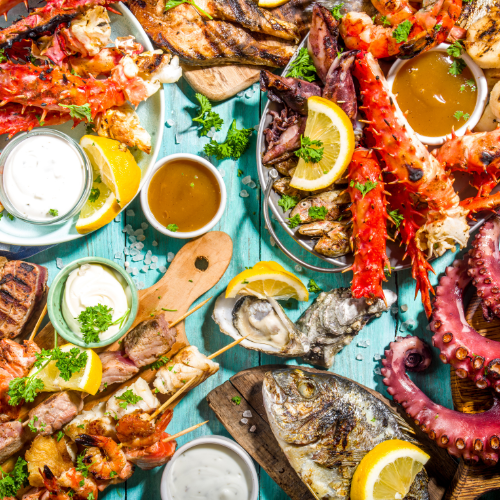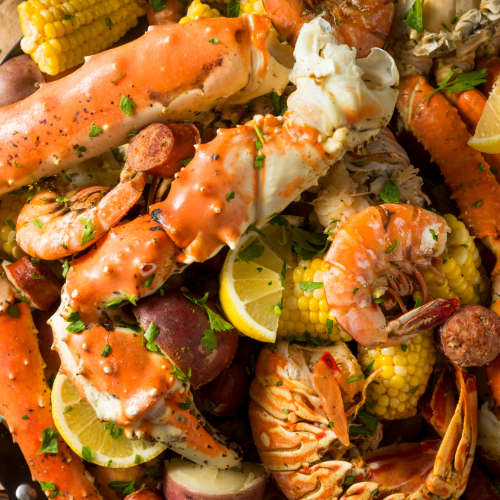Share This Story, Choose Your Platform!
Dive into Sustainable Seafood: A Quick Start Guide
As consumers become more conscious of their impact on the environment, the demand for sustainable seafood is on the rise. By choosing seafood that is harvested or farmed in a sustainable manner, you can help protect marine ecosystems and support responsible fishing practices. In this quick start guide, we will navigate the ocean of sustainable fishing, giving you the inside scoop on choosing the best seafood and helping you become a sea-wise consumer.
Understanding Sustainable Seafood
Sustainable seafood refers to seafood that is caught or farmed in a way that ensures the long-term health and stability of marine ecosystems. This includes practices that minimize bycatch, protect endangered species, and reduce habitat destruction. Look for seafood that is certified by reputable organizations such as the Marine Stewardship Council (MSC) or the Aquaculture Stewardship Council (ASC).
Choosing the Best Seafood
When shopping for seafood, look for labels that indicate the seafood is sustainably sourced. These labels may include the MSC or ASC certification, as well as labels from other organizations that promote sustainable fishing practices. You can also ask your fishmonger or restaurant server about the source of the seafood and how it was caught or farmed.
Top Sustainable Seafood Choices
Some of the best sustainable seafood choices include wild-caught Alaskan salmon, Pacific sardines, US farmed tilapia, and US farmed rainbow trout. These options are not only environmentally friendly but also delicious and nutritious.
Becoming a Sea-Wise Consumer
Being a sea-wise consumer means making informed choices about the seafood you eat. Consider the following tips to help you become more sustainable in your seafood consumption:
1. Educate Yourself
Learn about different seafood species and how they are caught or farmed. Stay informed about sustainable fishing practices and the impact of overfishing on marine ecosystems.
2. Support Sustainable Fisheries
Choose seafood that is certified by reputable organizations and support restaurants and retailers that prioritize sustainability in their seafood sourcing.
3. Reduce Waste
Avoid buying more seafood than you need and try to use the whole fish or shellfish to minimize waste. Consider using fish scraps to make broth or composting seafood shells.
Summary
By diving into sustainable seafood, you can make a positive impact on the health of our oceans and marine ecosystems. Understanding what sustainable seafood is, choosing the best options, and becoming a sea-wise consumer are key steps in supporting responsible fishing practices. Remember to look for certifications, ask questions about the source of your seafood, and educate yourself about sustainable fishing practices. Together, we can help protect our oceans for future generations.








